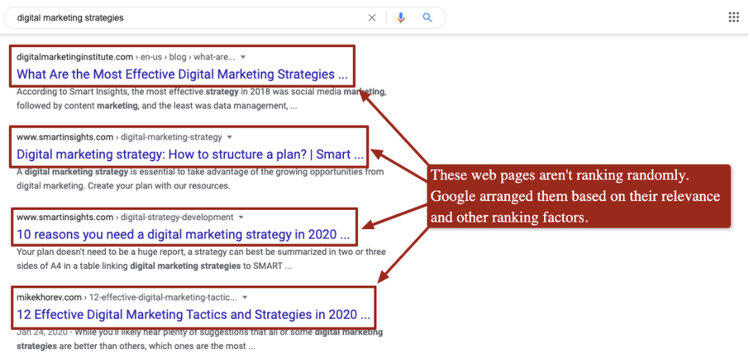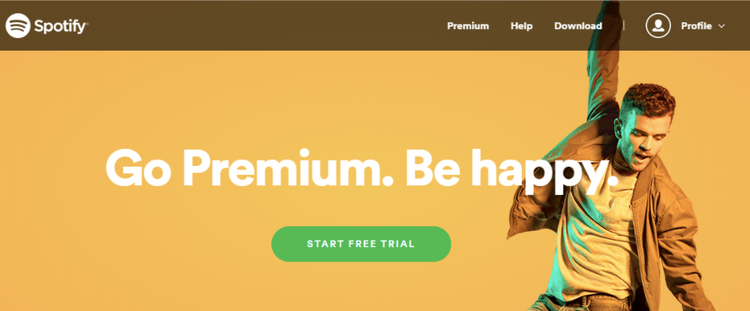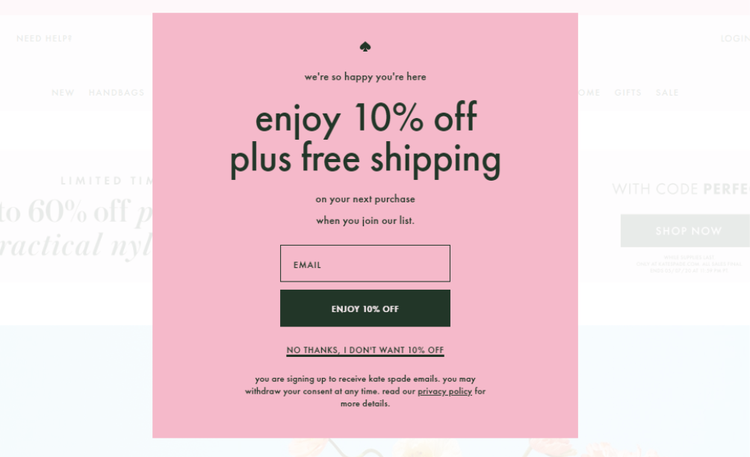Statistics show that over 70% of small business owners handle their digital marketing campaigns themselves.
Do you? Then you need to understand how digital marketing works. Otherwise, you’ll fail to accomplish meaningful results.
Understanding basic marketing terms is a good foundation to learn online marketing.
Learning this marketing terminology will help you grasp concepts, apply the principles to your business, and decide which marketing methods will work best for you.
The marketing terms listed here are some of the most important and widely used words and jargon used by digital marketers and entrepreneurs.
1. Content Marketing
Content marketing involves strategically creating and sharing online material to attract target customers and drive profitable buyer action.
Because content marketing is about adding value upfront through producing helpful and value-packed content, it is often used on inbound marketing campaigns.
2. Search Engine Optimization (SEO)
Obtaining the top three results of the search engine results page (SERP) is one of the primary goals of website marketing campaigns.
Marketers use SEO to achieve that goal.
SEO is a process that improves a web page’s rank in the SERPs. Various SEO techniques can get better website ranking, such as improving a website’s load speed, targeting the right keywords, building backlinks, etc.

This is how the SERP looks for the search term “digital marketing strategies.” Image source: Author
3. Call-to-Action (CTA)
A CTA invites people to respond and perform a desired action.
For example, if you want your site visitor to try out your product for free before deciding to buy it, your CTA can be “Start Free Trial.”

The Start Free Trial button on Spotify’s website is an example of a CTA. Image source: Author
4. Customer Acquisition Cost (CAC)
CAC refers to the cumulative amount needed to obtain a paying customer.
It is a marketing metric that measures the money spent to obtain new customers.
Compute for your CAC by adding your overall sales and marketing expenses for a specific period. Then divide the sum by the number of your new customers within that same duration.
5. A/B Testing
A/B testing is a research method where two variants are tested -- variants A and B.
The goal is to discover which of the two brings better results.
A/B tests are often conducted on website elements, such as buttons, headlines, opt-in forms, etc.
6. Analytics
Digital marketing analytics is the system of gathering and studying relevant data patterns regarding the performance of promotional initiatives.
These data and trends in marketing activities provide valuable insights to help you make better decisions about your promotional strategies.
7. Bounce Rate
This refers to the percentage of people who visit a website and click out of it without visiting another page on the website.
Depending on your website and industry, a bounce rate in the 30-40% range is considered very good.
8. Buyer Persona
A buyer persona is a research-based representation of your ideal buyer. It includes details, such as age, occupation, location, interests, relationship status, and others.
Marketers develop a buyer persona before creating a marketing plan or running any kind of marketing initiatives.
9. Landing Page
A landing page is a standalone web page. It’s designed with a specific goal -- to compel visitors to a specific action, such as signing up for a newsletter, white paper, or webinar. To do so, they typically furnish their email address, which is your goal.
A landing page is also called a “destination page,” “lead capture page,” or “static page.”
10. Marketing Funnel
A marketing funnel refers to the various phases in your site visitors’ journey before they decide to purchase your product.
A basic funnel often has three stages: awareness, consideration, and conversion.
Business owners and marketers can add more stages to their funnel depending on how their marketing plan works. While most marketing funnels end with the customer buying the product, the funnel can be extended to include post-sales engagement tactics to nurture customer relationships.
One of the best digital marketing tips to prevent leads from leaking out of your funnel is to be mindful of your offers and the content you serve on each stage. Put a premium on relevance, timing, and value.
11. Unique Selling Proposition (USP)
Knowing your USP is crucial in positioning your brand and boosting your competitive edge.
It sets your brand or products apart from your competitors.
Your USP can be about your responsive customer care, guaranteed longevity of your product, being the first to offer specific items or services, and others.
12. Lead
A lead is an individual or company that exhibits interest in your product. They are the people who signed up for your webinar and email newsletter, booked a call, etc.
13. Advertising
Advertising is a promotional effort that influences your prospects to buy your products or act on your offers.
Advertising differs from marketing. The former is a component of the latter and is the specific activity of placing ads on television, print, radio, digital channels, and other mediums.
14. Omnichannel Marketing
Omnichannel marketing is the use of digital, traditional, or a blend of these mediums. Your goal is to interact with your customer and provide a great experience on whatever platform he uses.
Omnichannel marketing differs from integrated marketing.
The primary focus of Omnichannel is improving customer experience while integrated marketing is about harmonizing and integrating your message.
15. Pop-up
Called lightbox or interstitial, a pop-up is an overlay window or box that appears in front of a webpage and invites visitors to take the offer, respond to a CTA, or other actions.
16. Marketing Automation
This sets marketing tasks to run on their own without manual supervision, which results in increased efficiency and streamlined systems.
Marketing automation tools can be used to: publish social media posts, deliver emails, and respond automatically to customer inquiries.
17. Opt-in Email Marketing
This type of marketing campaign uses permission-based methods to collect willing customers’ email addresses, which you then add to specific email lists.
An example of opt-in marketing is when you offer a discount on your visitor’s first purchase in exchange for their email address -- and the choice to accept it or “opt-out.”

Kate Spade shows an example of a strategy in opt-in email marketing. Image source: Author
18. Return on Investment (ROI)
ROI is a performance metric that reflects the amount of money you earn from the marketing campaigns and other related initiatives you spent on.
You can calculate your ROI with this formula: (gain from investment) - (cost of investment) / (cost of investment). The result is typically shown as a percentage.
19. Referral
A referral is when a customer recommends a brand or product to another individual and invites them to check it out. It’s one of the highest quality and most responsive leads you can get. The referral is more receptive because they trust the referring party.
It’s considered successful when the invited person responds to the brand’s CTA or offer.
Referrals are valuable in direct response marketing and other campaigns where you want to get quick sales, conversions, new customers, brand awareness, and more.
20. Engagement Rate
Engagement rate measures the interaction (likes, comments, shares, and others) that a post obtains.
This metric indicates how well your engagement marketing is performing, among other marketing methods, and how effectively you’re catching the interest and attention of your audiences.
Bottomline on these marketing terms
There you have it: 20 marketing terms to know that will help you promote your small business effectively.
Study and look them up in this glossary until you can fully grasp and explain them in your own words.
Before long, you’ll be able to articulate important marketing lingo as a proud owner and digital marketer of your small business.
Our Small Business Expert
We're firm believers in the Golden Rule, which is why editorial opinions are ours alone and have not been previously reviewed, approved, or endorsed by included advertisers. The Ascent, a Motley Fool service, does not cover all offers on the market. The Ascent has a dedicated team of editors and analysts focused on personal finance, and they follow the same set of publishing standards and editorial integrity while maintaining professional separation from the analysts and editors on other Motley Fool brands.